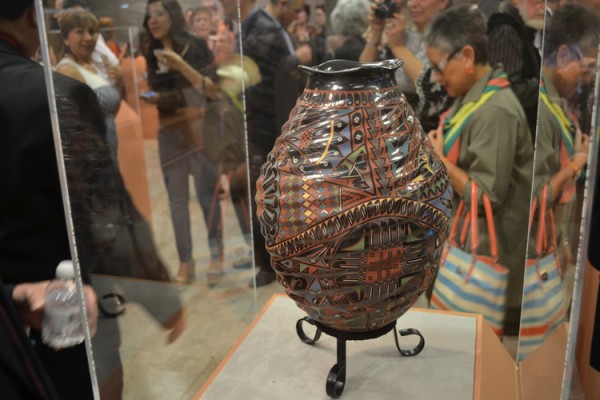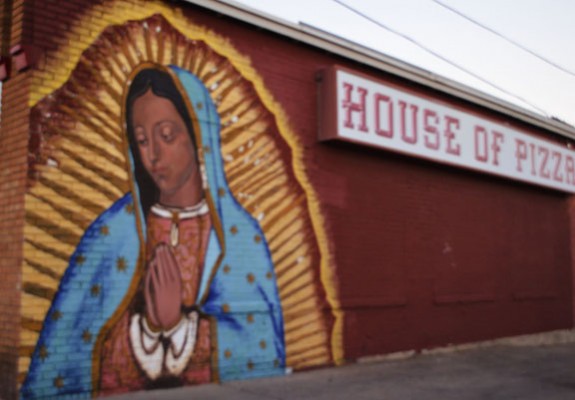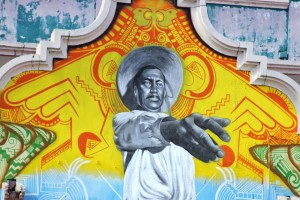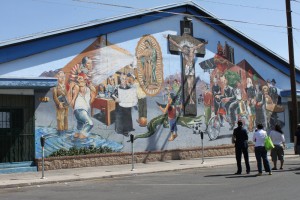New Latinx generation embraces the code-switching identity once derided as ‘pocho’
|
EL PASO –For some young borderlanders, pocho is a word that unites two cultures. “El Paso and Juarez is its own culture. We are neither entirely American and we are neither entirely Mexican so pochismo would be somewhat some of our language,” said Antonio Villaseñor, 23, a University of Texas graduate student and editor of the online magazine Con Safos. With outlets like Buzzfeed and we are mitú featuring videos on Youtube describing the experience of being a pocho in the United States and new clothing lines like the L.A-based Pocho wear, the term is being embraced by a new generation of Mexican-Americans. “I see it as something positive.




